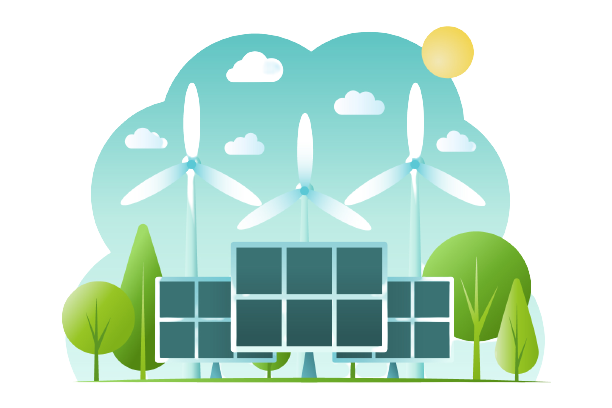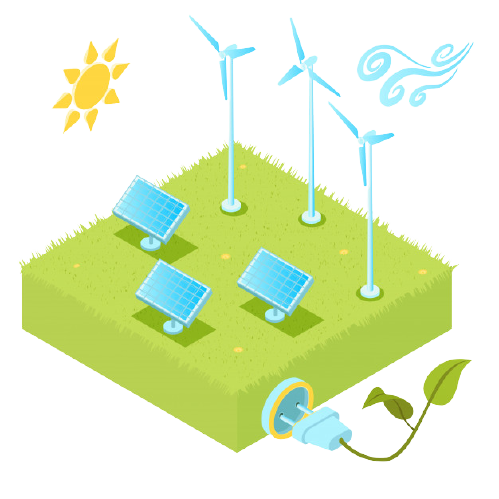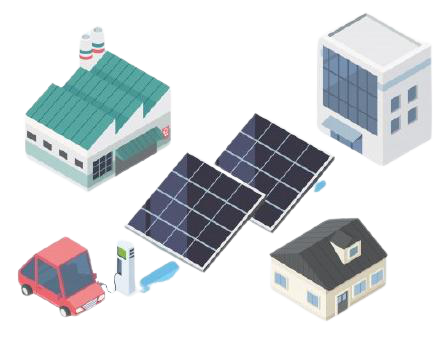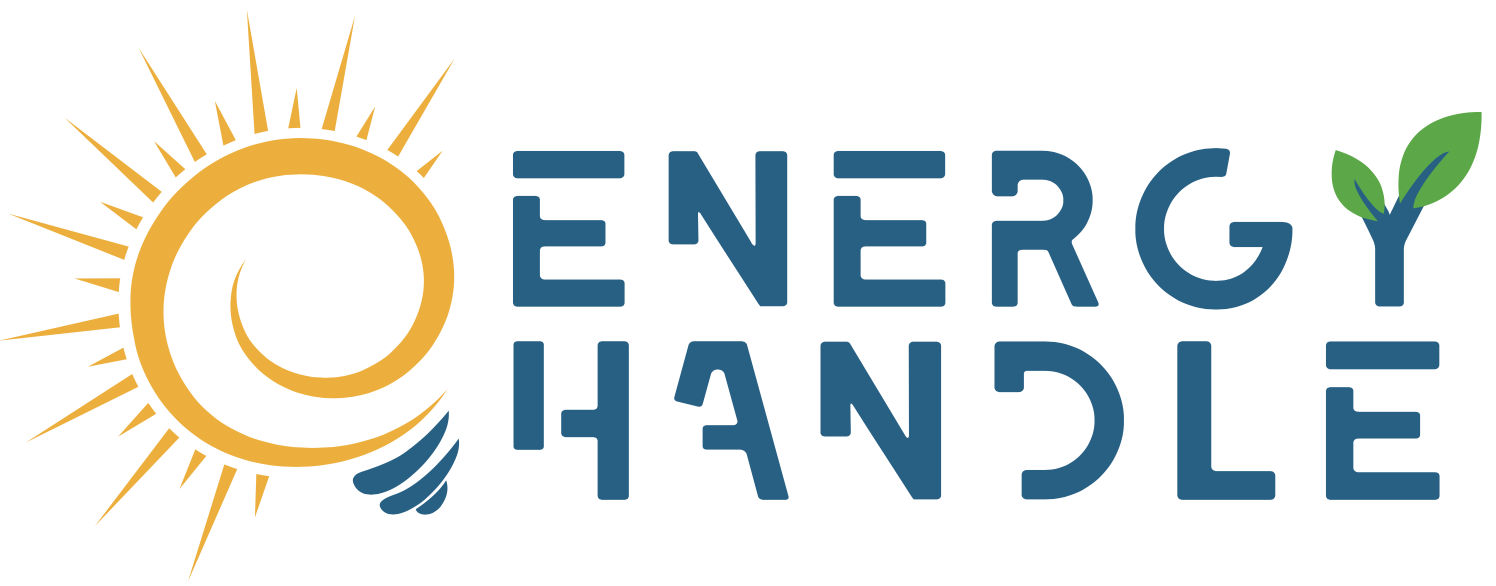Renewable Energy
Morocco and many African countries have adopted an energetic policy favorable to the development of renewable energies to secure their energy supply in a context of strong growth in energy demand, to control the future costs of energy services, and, finally, preserve the environment by mitigating greenhouse gas emissions.

3 Types of energy
Solar
The energy obtained from the sun. The Key technologies here are solar photovoltaic (PV), concentrated solar power CSP (through and Tower), and concentrator photovoltaic (CPV).
Wind Power
The energy is obtained from the wind power all day. Wind turbines convert the kinetic energy into mechanical power. A generator converts mechanical power into electricity.
Hydroelectric
Also known as hydroelectric power or hydropower, this is a form of energy that harnesses the power of moving water. Like water flowing over a waterfall or down a river.

Environmental Benefits
- It doesn’t emit carbon dioxide (CO2), mercury, nitrogen oxides (NOx), sulfur dioxide (SO2), or particulate matter into the air, water, or soil; commonly cited effects of these harmful pollutants include climate change, mercury poisoning, smog, acid rain, and respiratory disease.
- It doesn’t damage the land like fossil-fuel extraction.
- Furthermore, it’s made from unlimited renewable sources.
- Many forms of renewable energy use little to no water.
- Helps preserve and protect the environment for future generations.
Economic Benefits
- Creates employment opportunities in the green job sector.
- Supports a homegrown energy source, helping secure energy future.
- It brings development to rural areas, where renewable facilities are often sited to take advantage of ample space and resource potential.

